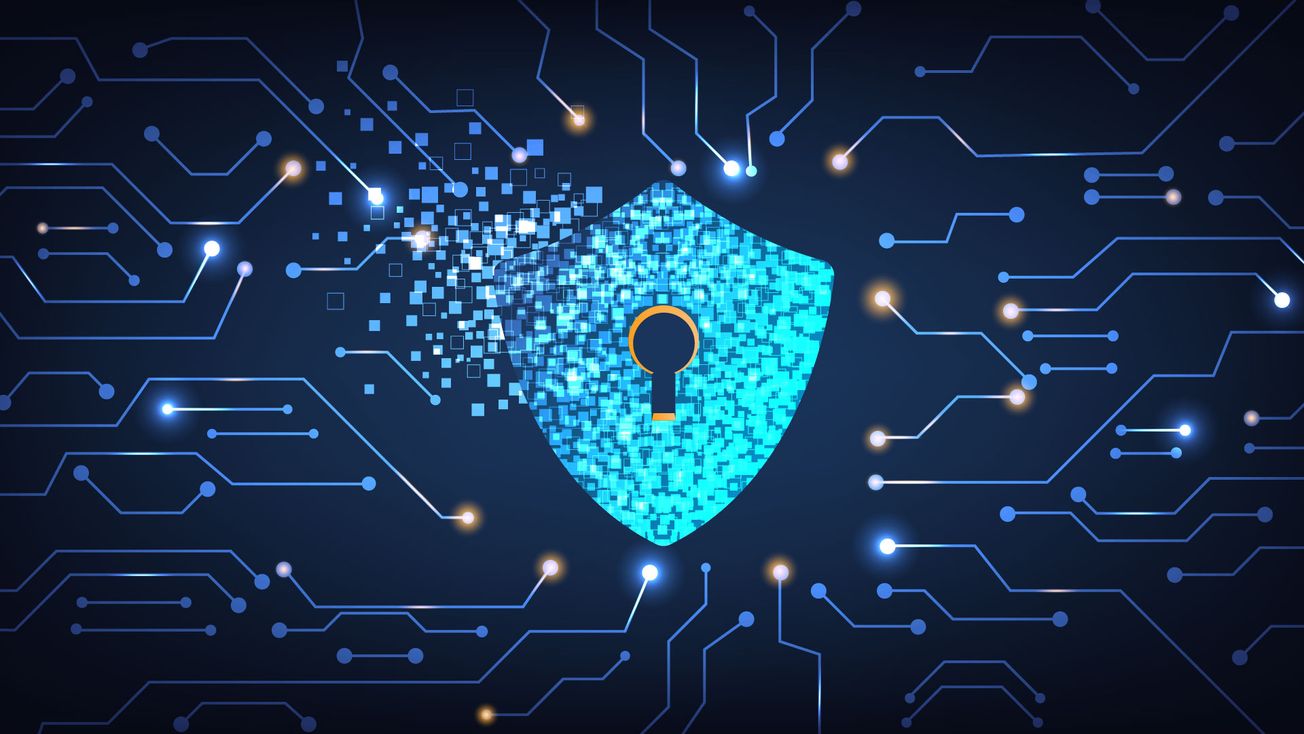As we enter 2025 in full swing, we speak to 4 industry experts to hear their predictions for cybersecurity in 2025.
This article explores key industry trends, emerging threats, and strategic solutions that are shaping the future of security. Insights from James O’Sullivan, Rob Pocock, and Tim Hall highlight the crucial measures businesses must adopt to protect themselves in 2025 and beyond.
Sectors Covered in This Article
Authentication and Fraud Prevention
- Transition from passwords to biometric verification.
- Countering AI-driven scams with advanced behavioural analysis tools.
Mobile Security
- Safeguarding mobile devices as critical security hubs.
- Mitigating risks associated with high-value mobile transactions.
IoT and Cloud Security
- Securing interconnected ecosystems with multi-domain approaches.
- Addressing vulnerabilities introduced by diverse IoT devices.
Organisational Cybersecurity Strategies
- Zero Trust implementation for proactive risk mitigation.
- AI-powered tools for real-time threat detection.
- Platform consolidation for streamlined and effective security operations.
Our Experts
- James O’Sullivan – CEO and Founder, Nuke From Orbit
Focus: Authentication, AI-driven fraud, and mobile security. - Rob Pocock – Technology Director, Red Helix.
Focus: IoT, cloud computing, and multi-domain security strategies. - Tim Hall – CTO, at Cybersecurity Experts Boxxe.
Focus: Zero Trust models, AI-powered security, and platform consolidation.
James O'Sullivan, CEO and Founder, Nuke From Orbit.

Commented: “Passwords are gradually being phased out, with biometrics taking a central role in authentication. Phones are increasingly becoming the hub of personal security, where passkeys and biometric verification work seamlessly. While this trend is set to grow as the industry seeks to provide both heightened security and an improved user experience, reducing dependency on traditional, less secure methods, widespread adoption will take time. It’s worth noting that two-factor authentication (2FA) did not penetrate the market immediately, reflecting the challenges of driving large-scale behavioural change in security practices.
AI-driven fraud, including voice cloning and data aggregation, is an emerging threat that leverages personalisation to deceive victims. The industry must invest in sophisticated AI tools for behavioural analysis and multi-layered authentication to counter these threats. User education will also play a vital role in helping people recognise and avoid highly personalised scams.
The rise of mobile payments has increased the threat to personal devices - mobile devices which enable high-value, biometrically authorised transactions, have heightened risks. Unlike contactless cards with transaction limits, phones allow seamless access to substantial funds, increasing the stakes if compromised. Consumers should treat phones as critical security devices, enable biometric locks, monitor app permissions, and promptly update software regularly to protect against vulnerabilities.”
Rob Pocock, Technology Director, Red HelixMulti-Domain Security

Commented: “The convergence of Internet of Things (IoT) and cloud computing has created a complex, interconnected ecosystem that demands a comprehensive multi-domain security approach. As IoT devices proliferate, and with growth projections exceeding 21 billion by 2025, each connected device introduces potential vulnerabilities that span both the physical and digital realms. Simultaneously, the widespread adoption of cloud infrastructure increases organisation's exposure to risks such as data breaches and unauthorised access.
This interconnected landscape necessitates a holistic security strategy that addresses the unique challenges of both domains while recognising their interdependencies. Effective multi-domain security must consider the entire data lifecycle, from IoT device-level authentication to cloud-based storage and processing. Organisations need to implement robust encryption protocols, to secure data transmission between IoT devices and cloud platforms. Additionally, adopting a shared responsibility model for security becomes crucial, with both cloud service providers and customers playing active roles in maintaining data integrity and confidentiality.
The integration of artificial intelligence (AI) and machine learning (ML) technologies further enhances the capability to detect and respond to threats across both IoT and cloud environments. These advanced tools can analyse vast amounts of data from diverse sources, identifying patterns and anomalies that might indicate security breaches. As the attack surface expands with the growth of IoT and cloud adoption, organisations can capitalise on continuous monitoring, regular security assessments, and the implementation of adaptive security architectures to ensure they keep pace with emerging threats.
As more IoT devices are introduced, the complexity of managing the networks grows. This isn’t only a matter of scale; it also stems from the diversity of devices being integrated. Each device can come with its own operating system, along with varying protocols, standards, and security measures – which can ultimately lead to vulnerabilities and complications in protecting the network.”
For any feedback or comments, or if you would like to be featured, please contact us at hello@thetechnational.com
Tim Hall, CTO at Cybersecurity Experts Boxxe

Commented: “The ever-evolving threat landscape demands that organisations adopt robust and forward-thinking security strategies to stay protected. In 2025, three key trends—Zero Trust, AI-powered security, and platform consolidation—are set to shape the cybersecurity space.
The Zero Trust model, which operates on the principle of “never trust, always verify,” continues to gain traction as organisations recognise that traditional perimeter-based defences are no longer sufficient. This approach assumes that no entity—whether inside or outside the network—should be automatically trusted. According to a recent global survey, over 30% of organisations had already implemented a Zero Trust strategy by 2024, with a further 27% planning adoption within six months. As cybercriminals become more sophisticated, Zero Trust offers a proactive framework for mitigating risks and protecting sensitive assets.
AI-powered security tools are another indispensable element of modern defence strategies. These tools leverage machine learning to detect patterns, identify anomalies, and respond to potential threats in real time, reducing the likelihood of breaches. AI enhances the speed and accuracy of threat detection, enabling security teams to stay ahead of attackers who increasingly use AI themselves to launch complex attacks.
Platform consolidation is also becoming a priority for organisations looking to streamline their security operations. Managing multiple standalone tools can lead to inefficiencies and gaps in coverage. By integrating security solutions into unified platforms, organisations can reduce complexity, improve visibility, and enhance overall effectiveness. This approach not only saves time but also allows teams to focus on strategic initiatives rather than managing disparate systems.
Investing in these advanced security measures is critical for safeguarding organisational assets in 2025. As threats grow more sophisticated and budgets tighten, organisations that prioritise these strategies will be better equipped to protect their data, maintain customer trust, and ensure business continuity in the years ahead.”






